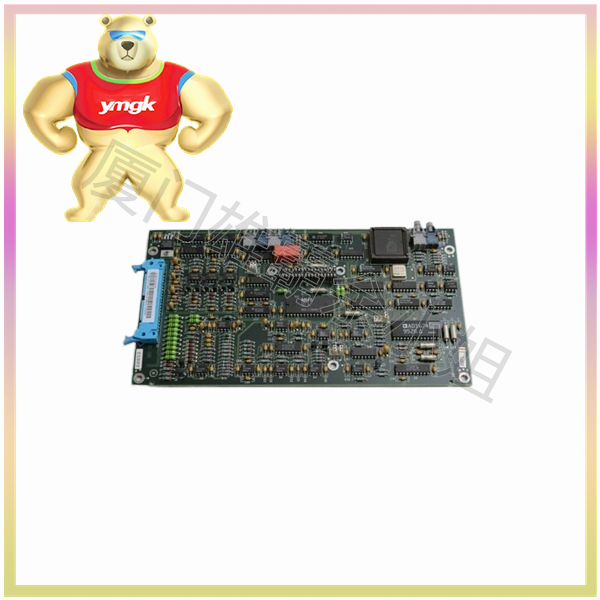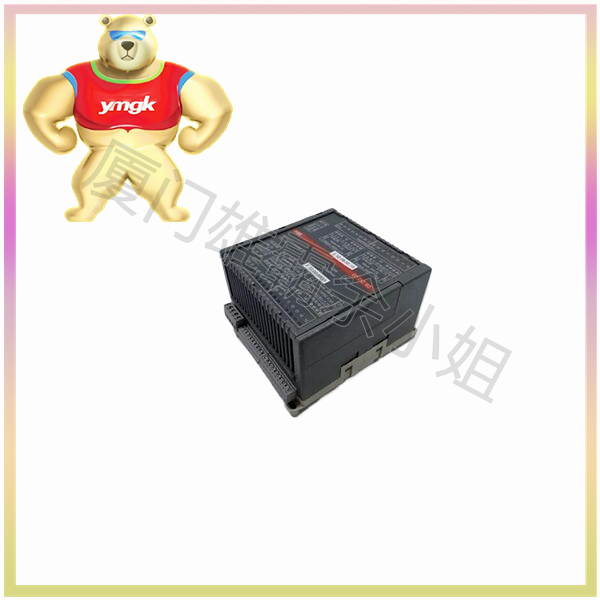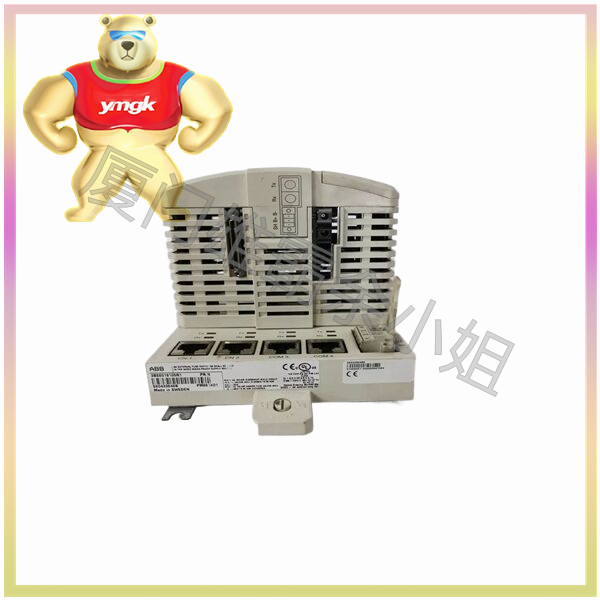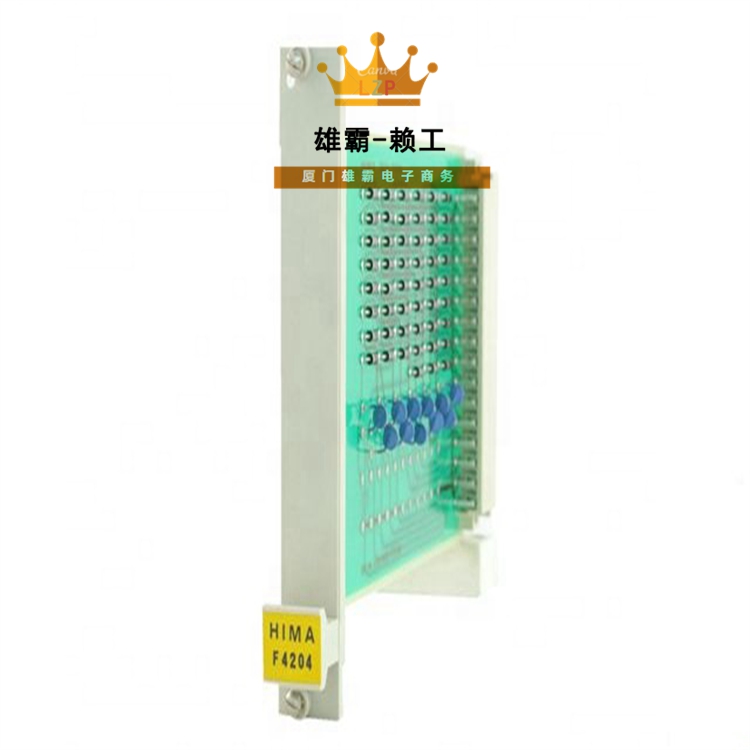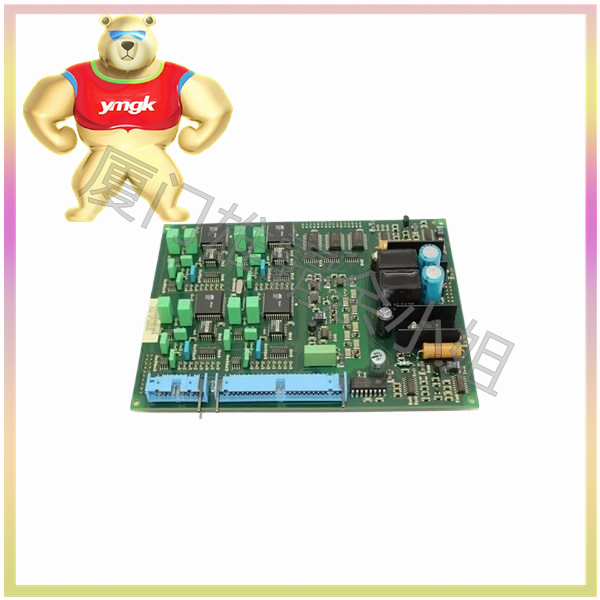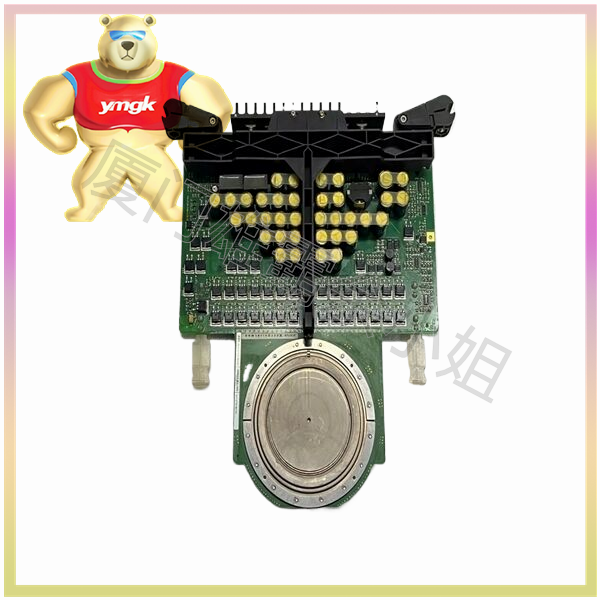(1) Direct tension control method
Also known as feedback control, it can be divided into two types: A and B. (A) It uses sensors such as tensiometers to detect the actual tension, and uses the measured value as a feedback signal to form a tension closed-loop system. That is, the measured actual value is compared with the given tension, and the deviation generates a control effect to make the actual tension equal to the given tension. Depending on the structure of the sensor, it can also be divided into position based and feedback based control (B). By using a loop to establish tension and measuring the amount of loop, a loop feedback control system is formed to control the amount of loop to be constant and maintain the product tension constant. This tension control method is suitable for high-precision and high-speed tension control scenarios, and has the advantages of high control accuracy and good real-time performance.
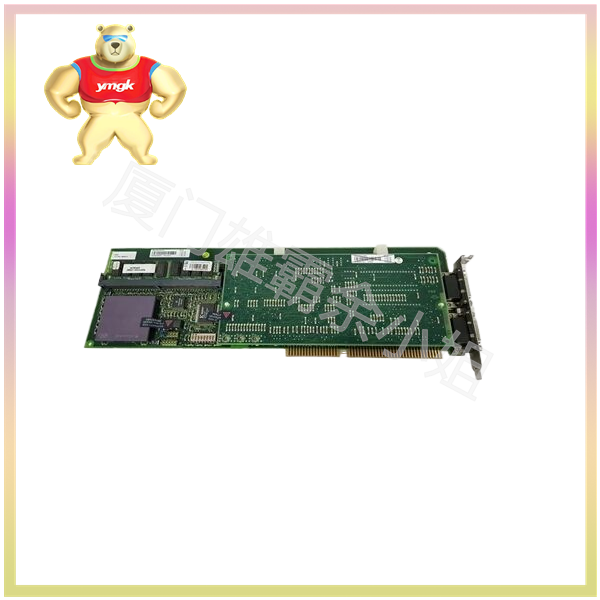
(2) Indirect tension control method
Also known as compensation control, it indirectly maintains tension stability by adjusting parameters that affect tension stability to compensate for possible tension changes. That is, only the tension setting value is given, without the need for a detector to collect the actual value of tension. Instead of forming a closed-loop control of tension, it indirectly controls the tension constant by controlling the current or excitation current of the controlled machine, i.e. the driving motor, so as to keep the motor torque constant and ensure that the tension of the coiled product is constant.

